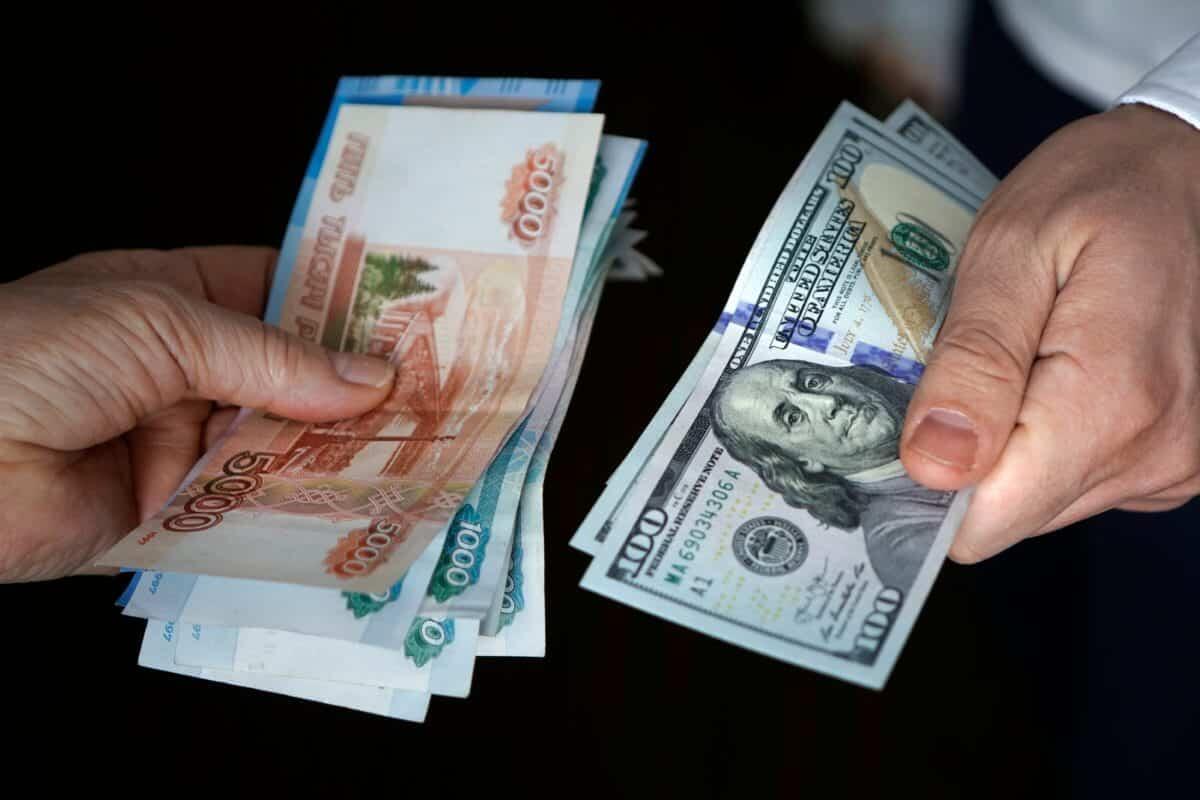Euro And Sterling Rallied Monday While The U.S. Dollar Fell

The euro and British Pound soared on Monday against the U.S. dollar. The trading session was quiet amid a holiday in the U.S. However, global risk sentiment has significantly improved. The U.S. markets closed for Independence Day, thus, markets expected a light trading day. Major currencies are gaining some ground against the greenback, which had skyrocketed to a two-week high on Friday.
Meanwhile, the euro jumped by 0.3% to $1.0457. Despite that, it traded barely above May’s five-year low of $1.0349. The sterling gained 0.5% to $1.2155 after plunging to a two-week low of $1.1976 on Friday.
Shaun Osborne, the chief FX strategist at Scotiabank, noted that quiet trading at the beginning of the week is seeing the dollar decline against most major currencies. The greenback unwinds Friday’s gains while ignoring a modest risk-off tone in FX markets.
Osborne also added that reports say the White House might announce an easing of some Chinese tariffs later this week. The U.S. government is trying to dampen elevated inflation by helping to inject some optimism back into markets. Such a decision would give currencies an extra push against the greenback, though.
The Australian and New Zealand dollars also surged forward on Monday along with the Swedish crown after dropping to two-year lows on Friday. However, the euro exchanged hands near a five-year low versus the safe-haven dollar amid fears of a global recession.
The war in Ukraine and its economic fallout, particularly, skyrocketing food and energy inflation, has been a major drag on the common currency. The latter has decreased by 8% against the U.S. dollar this year. The difference between the U.S. Federal Reserve and the European Central Bank’s response to higher inflation has also weighed on the euro.
What do the analysts say?
On Friday, data showed euro zone inflation soaring to another record high, adding to the case for the ECB to hike interest rates this month for the first time in a decade.
Jeremy Stretch, the head of G10 FX strategy at CIBC, expects headwinds on the common currency to persist as the European Central Bank is set to increase rates on July 21 by at least 25 basis points. He also added that ECB action remains moderate when compared with a 75bps Federal Reserve increase. Moreover, the primary European Union risk variable still relates to the energy sector.
Safe-haven demand has kept the greenback in the green even though FX markets have scaled back some of their U.S. rate increase expectations. The market is currently pricing in approximately an 85% chance of another hike of 75 basis points in July, as well as rates at 3.25% to 3.5% by year-end – before cuts in the next year.
On Monday, the U.S. dollar index tumbled down by 0.15% to 104.9, trading not far below last month’s two-decade high of 105.790. Investors are waiting for the publication of minutes from the Federal Reserve’s meeting on Wednesday (in the last week of June), along with U.S. employment data on Friday.
Furthermore, Australia’s central bank’s meeting is due on Tuesday. Markets have already priced in a 40-basis point (bp) hike in interest rates. However, the Australian dollar may not get much support if the bank delivers a hike of that size, or thereabouts.
How are the EM currencies faring?
The Argentine peso plummeted on Monday. The unexpected resignation of long-standing economy minister Martin Guzman left only uncertainty for market participants. At the same time, most other regional currencies made muted moves against a declining greenback.
Argentina’s centre-left President Alberto Fernandez announced that economist and government official Silvina Batakis would become the new economy minister late on Sunday. Guzman is the architect of Argentina’s $44 billion deal with the International Monetary Fund. But he quit amid rising tensions within the ruling Peronist coalition over how to handle current economic crises. Consequently, the peso shaved off 0.5% to trade at 126.11 per dollar.
Among other EM currencies, Chile’s peso soared by 0.5% to trade at 927.60 per dollar. It managed to recover from an all-time low of 939.60 reached on Friday. A stronger greenback, declining prices of copper – Chile’s top export, and protests at its biggest mining company Codelco – all have weighed on the currency this year. The Mexican peso and the Brazilian real also made small moves against a weaker U.S. dollar.
More By This Author:
Bitcoin Is Currently Struggling To Recover
The US Dollar Remains Stable
Oil Prices Rise After Falling 3%



